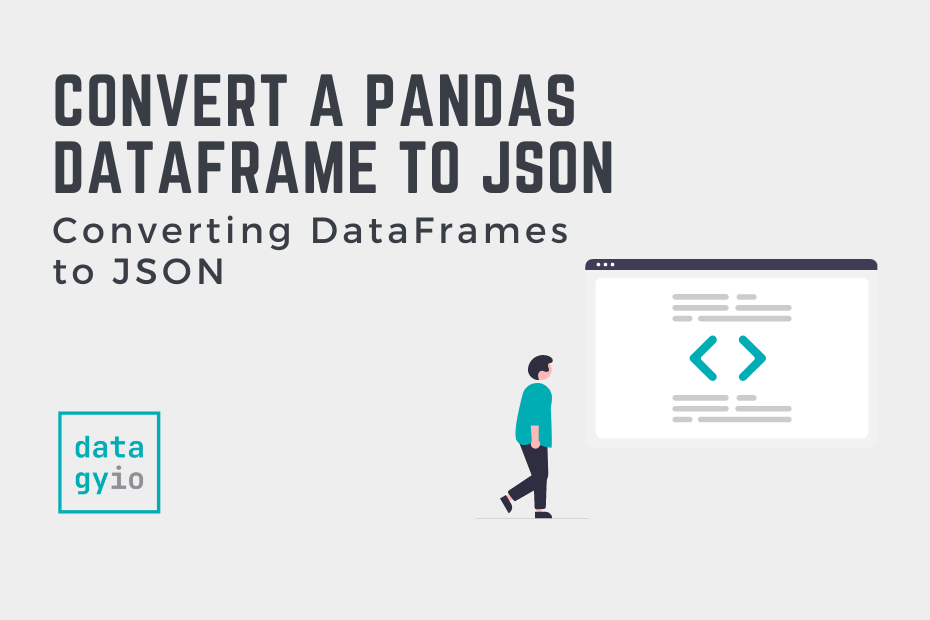NumPy full: Create Arrays With a Fill Value
NumPy arrays are essential to most data analysis and data science workflows in Python. Because of this, being able to generate arrays is an important skill. In this tutorial, you’ll learn how to use the NumPy full() function to generate











